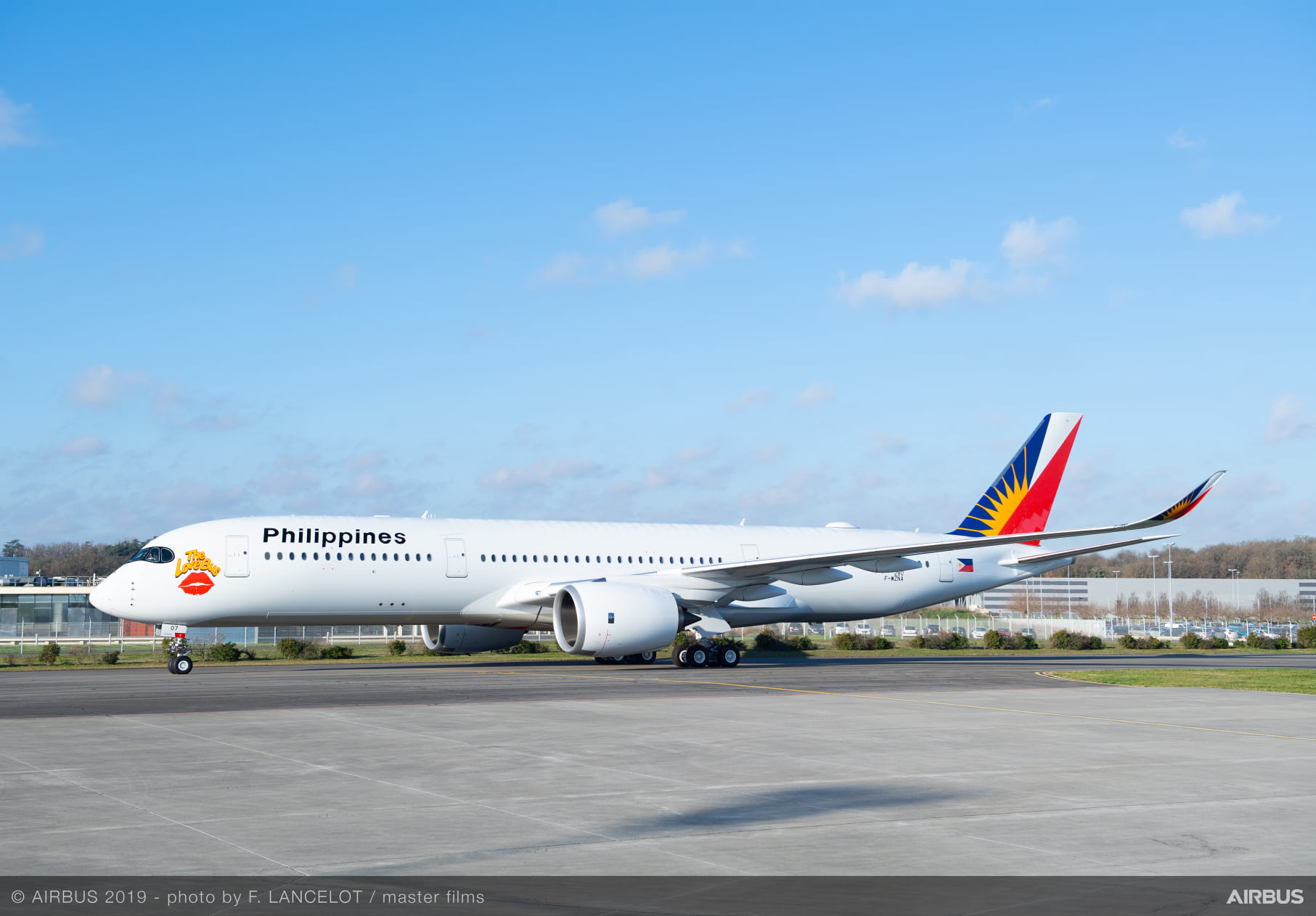A Cargojet Boeing 767-300 freighter, operating on behalf of Amazon Prime Air as flight W8-2387, overran the runway during landing at Vancouver International Airport (YVR) early Tuesday morning, resulting in the collapse of its nose gear.
The incident occurred at approximately 01:28 local time (09:28 UTC) on runway 08L. The crew had previously declared a “PAN PAN” to air traffic control, indicating an urgent but non-imminent safety concern, reporting issues with the aircraft’s flaps that would necessitate a higher-than-normal landing speed. Subsequently, after the aircraft came to a stop, a “Mayday” distress call was issued.
According to FlightRadar24, the aircraft crossed the runway threshold at a ground speed of 173 knots and exited the paved surface at around 109 knots, coming to rest approximately 572 meters (1,880 feet) beyond the runway end. The three crew members onboard were uninjured.
YVR’s North Runway (08L/26R) was immediately closed following the incident. The South Runway (08R/26L), which was initially closed for scheduled maintenance, was reopened.
Airport authorities stated that over 50 personnel from various organizations, including YVR, the Transportation Safety Board of Canada (TSB), Cargojet, and Air Canada’s heavy aircraft removal team, are collaborating on a recovery plan.
“An incident involving one of our all-cargo flights occurred early this morning upon its arrival in Vancouver. The aircraft departed the prepared surface after landing, and recovery operations are underway,” Cargojet said in a statement.
The airline also confirmed no injuries among the crew and stated that the aircraft’s condition is being assessed.
The affected aircraft, registered as C-GAZI (MSN 25576), is a Boeing 767-338(ER)(BDSF) model. It originally served in passenger service with Qantas and later WestJet before being converted to a freighter in 2021 by Bedek and entering service with Cargojet in July of the same year.
Meteorological reports (METAR) at the time of the incident indicated low visibility conditions with light rain and snow, and overcast skies at 1,500 feet.
Transport Canada has acknowledged the incident and is monitoring the situation. An investigation into the cause of the runway excursion and subsequent nose gear collapse is underway, led by the TSB.


























Leave a comment